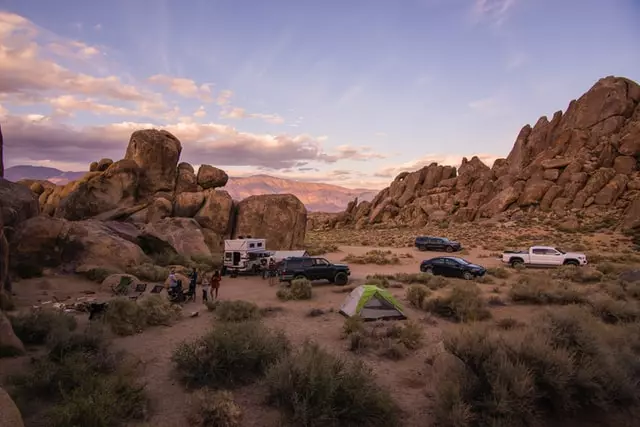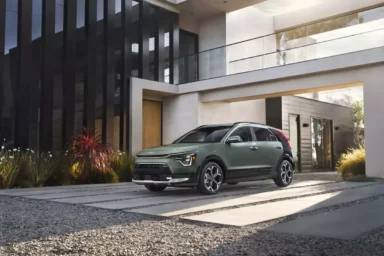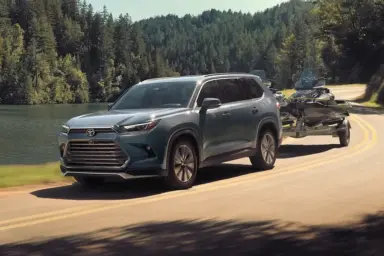A significant protected area exists within Joshua Tree National Park. Rugged rock structures and harsh desert landscapes characterize it. Joshua Tree is well worth the trip. Joshua Tree offers it everything, from teddy bear cholla cactus to Joshua trees and boulders.
The park’s most renowned inhabitant is the slow-growing Joshua tree, which may be found throughout the park’s arid ecology.
So, Do you need an SUV for Joshua Tree Trip?
Because the significant route through Joshua Tree is paved, a regular passenger vehicle would be OK. A 4×4 or AWD SUV would be perfect for traveling off the beaten trail on the “Geology Tour.”
The Best Ways to Get Around Joshua Tree National Park
Driving is the best method to travel around Joshua Tree National Park.
Most people fly into Palm Springs International Airport (PSP), approximately 50 miles east, or Los Angeles International Airport (LAX), about 150 miles east, to get to Joshua Tree.
What kind of car do you need for Joshua Tree?
An ordinary car may do when you travel around Joshua Tree; however, for a better road trip experience, it is advisable to bring an SUV or a 4×4 vehicle to avoid any interruptions or mechanical problems along your way.

There are just a few backcountry paths in Joshua Tree. The majority of them are just dirt roads that anybody can access, but a couple of them need high clearance and four-wheel drive. On the park’s western side, Geology Tour Road is an 18-mile circle path.
Ladder Canyon may be reached by car. There will be a lot of automobiles on the road. Keep your momentum going through a small sandy part on the way in. The tramroad and Indian Canyons are both paved. A car can travel most of the dirt roads in Joshua Tree toward the northern principal attractions.
To go through Indian Canyons, you’ll need a 4×4 vehicle. The route to the dunes is well-maintained and straightforward to navigate. The journey to the lava tubes is not tricky. However, there are some pebbles. You may see automobiles out there.
The back route into Hole in the Wall through Cedar Canyon and Black Canyon Road can get muddy if it rains. On Black Canyon near Mid Hills, it follows a creek bed.
Roads at Joshua Tree
Park Boulevard and Pinto Basin Road are the two main roadways that run through the park. Park Boulevard loops through the high northern part between the North Entrance in Twentynine Miles and the South Entrance in Twentynine Miles.
Pinto Basin Road runs the park’s length, branching off Park Boulevard at the North Entrance and meandering down to the Cottonwood entrance off I-10. The West Entrance is located 5 miles south of Joshua Tree Village, near US Highway 62 and Park Boulevard.
The North Entrance is located near Twentynine Palms, 3 miles south of the Utah Trail/US Highway 62 intersection.
The South Entrance, located near Cottonwood Spring on I-10, is a 25-mile east of Indio access point. Visitors are welcome to travel on dirt roads, but they will require a four-wheel-drive car.



